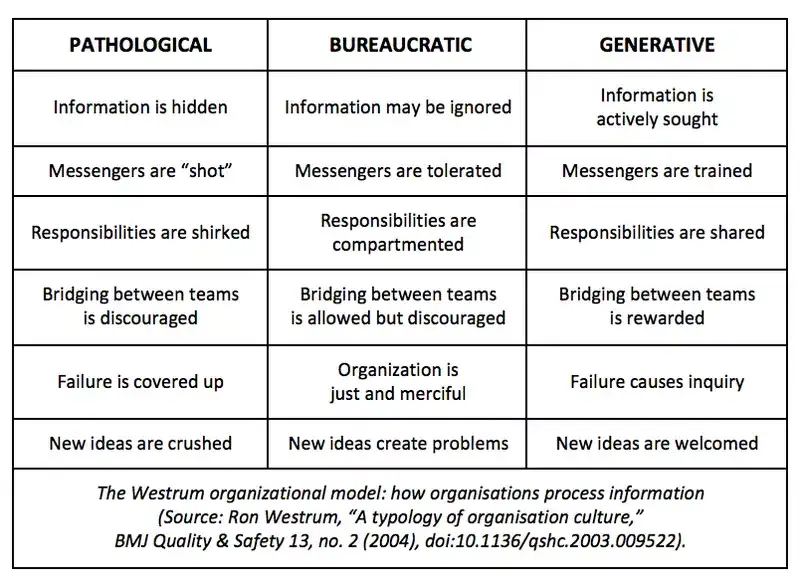Following on from my blog post covering the first two ideals from the Unicorn Project here, I’d like to continue discussing the next two of the five ideals from the book.
The next two ideals from the Unicorn project focus on two important factors of the improving flow in your organization:
- Continuous improvement of work
- Psychological safety
Part of the continuous improvement of work talks to the importance of challenging the status quo, something that can be difficult without psychological safety. Both are necessary to deliver better outcomes from working together.
Let’s delve into these two ideals.
Continuous improvement of work
It is not enough to make a change to our working practices once, rub our hands and say “we’re done”. To sustain the change and further improve are need to develop a culture of continually looking at how our work is done and finding opportunities to improve it. To do this, we need opportunities to learn from the system. If it takes us weeks to get code into production, we lose the opportunity to learn. To continually improve and innovate, we need to get us much feedback as possible sooner and faster.
If we don’t create this culture of continually improving, over time our system will slow down. It will take longer to get value to customers, and the amount of time spent working on defects will increase. We’ve seen this at Xodiac when initially analyzing companies. It is surprisingly common to see the ratio of defects to stories increasing over time.
So how do you fix this? Some companies periodically stop all feature releases to focus on paying down this debt (as happens in the book). Others, allocate 20% of cycles to technical debt reduction (something talked about in Marty Kagan’s Inspired), as adopted by Google. Satya Nadella, CEO of Microsoft, is quoted as saying, “I would, any day of the week, trade off features for productivity”.
In the book they make one other critical point about assigning your best and brightest to these problems. Assign the task of fixing your build pipelines, getting your code to production and gathering feedback to your best engineers. This is important work that greatly accelerates your ability to deliver business value and serve your customers. This is why the companies that have been successful in this space have invested in engineering capability.
Of course, having the freedom to make the necessary changes requires…
Psychological safety
For somebody to feel able to change, they need to feel comfortable that they will not be negatively impacted. Organizationally the book uses the Westrum model of organizational behaviour to outline the different types of organization.

Another good model I often refer to when thinking about this is SCARF, which you can read about in more detail here. This stands for:
- Status
- Certainty
- Autonomy
- Relationship
- Fairness
Impact one of these, and you generate a sense of unease. Impact 2 or more, and you risk people running for the doors.
So how do we counter this? By creating psychological safety. Something easy to say, but not always well delivered. The example from the book is one we know well. Senior management says all the words but fails to embody the behaviours themselves. People look for who to blame when things go wrong. Sydney Dekker brought this to light in, amongst others, The Field Guide to Understanding Human Error, a paper somebody described to me as one “everybody in operations should read”. Dekker purports that there is no such thing as “human error” and that the root cause of failure can be traced back to the system. If somebody makes a mistake, and they inevitably will, look into why the mistake could occur, not just where to lay the blame. These are our greatest opportunities for learning and, as the saying goes, “never waste a good crisis”.
Psychological safety also comes in many forms. When looking at whether your organization has a good culture of psychological safety ask yourself these questions:
- Do people feel safe to be themselves?
- Do people feel safe to speak up?
- Do people feel safe to take risks and make mistakes?
Conclusion
I hope this has sparked some thoughts on how critical these ideals are and how your organization behaves. If you can make it out to our next meet-up, we would love to see you there and discuss more.




